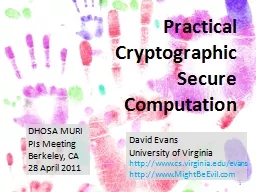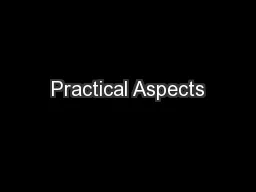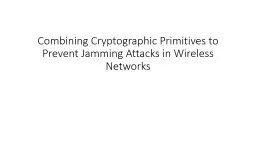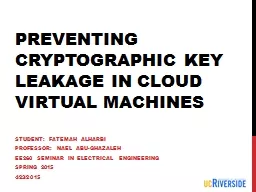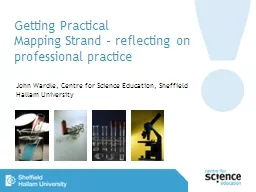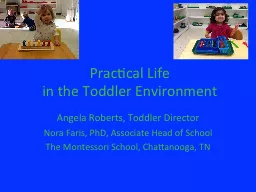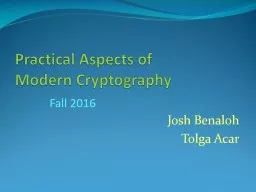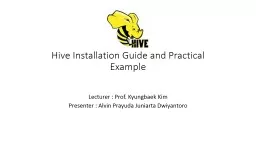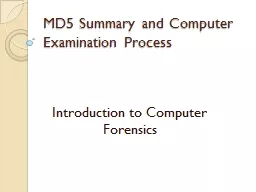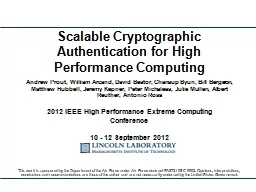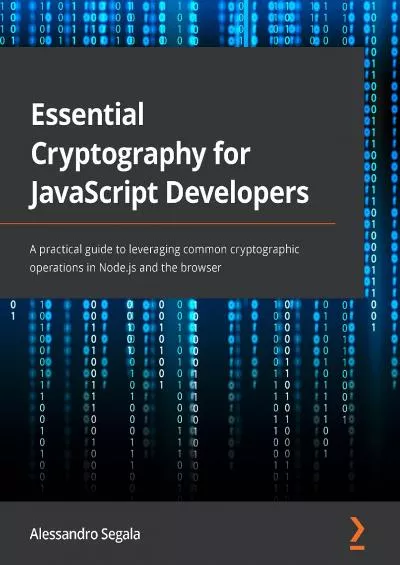PPT-1 Practical Cryptographic
Author : tatyana-admore | Published Date : 2018-11-02
Secure Computation David Evans University of Virginia httpwwwcsvirginiaeduevans httpwwwMightBeEvilcom DHOSA MURI PIs Meeting Berkeley CA 28 April 2011 transformation
Presentation Embed Code
Download Presentation
Download Presentation The PPT/PDF document "1 Practical Cryptographic" is the property of its rightful owner. Permission is granted to download and print the materials on this website for personal, non-commercial use only, and to display it on your personal computer provided you do not modify the materials and that you retain all copyright notices contained in the materials. By downloading content from our website, you accept the terms of this agreement.
1 Practical Cryptographic: Transcript
Download Rules Of Document
"1 Practical Cryptographic"The content belongs to its owner. You may download and print it for personal use, without modification, and keep all copyright notices. By downloading, you agree to these terms.
Related Documents

